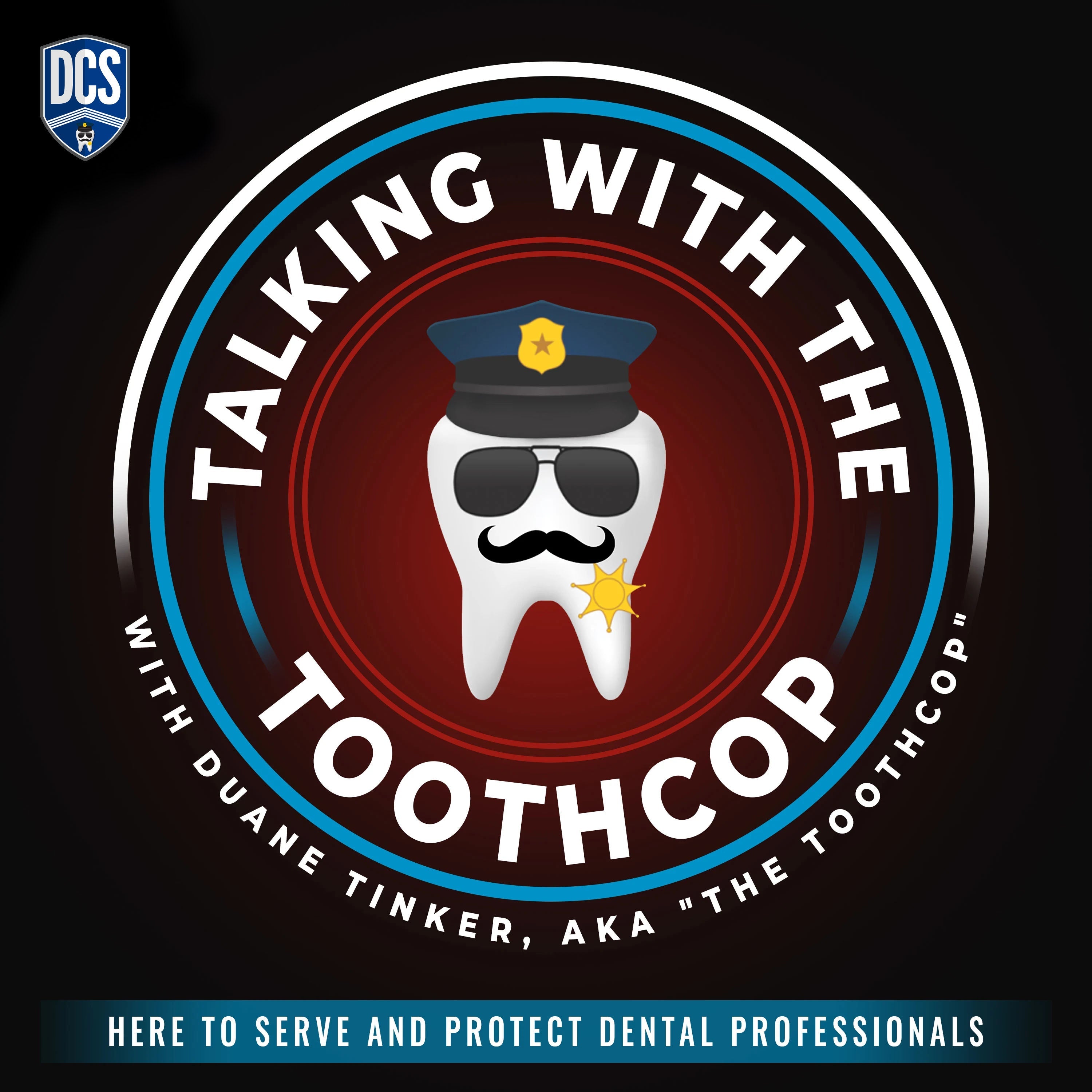We’ve got a whole line up of super sexy topics to cover, from safety data sheets and safe injection practices to radiology infection control and more! While these may not be the most exciting topics, you know that proper attention to important subjects like these is what differentiates an excellent dental office from an average one. What are you waiting for? Have a pen and paper ready for this detailed and informative episode of Talking with the Toothcop, you don’t want to miss it!
Safety Data Sheets
What are safety data sheets and when are you required to use them? If you’ve been unsure of how to utilize and safety data sheets or why they are a tool you need to have available in your office, this is the episode for you! A safety data sheet, material safety data sheet, or product safety data sheet is a document that lists information relating to occupational safety and health for the use of various substances and products. As a shorthand, think of it this way, you need to fill out a safety data sheet for anything you purchase from your specialty dental supplier. For additional information on safety data sheets and why you need them in your dental office, make sure to listen to this episode!
Safe injection practices
Did you know that one of the best ways to safeguard your staff from getting accidentally stuck with a dirty instrument is to recap it break it down yourself? While that may sound like a no-brainer, you’d be surprised at how many dental offices don’t make this simple adjustment to their procedures. It almost goes without saying but I’ll add it here anyway, make sure to NEVER reuse needles and ALWAYS use a Sharps Disposal Container for proper disposal. Don’t open yourself up to unnecessary risk, review your process and make sure you have all of your bases covered. To hear more helpful guidelines and best practices, listen to this episode!
Low-speed handpiece motors
Do you really have to sterilize your low-speed handpiece motors or is that just an extra step that some dental offices take unnecessarily? According to CDC guidelines for infection prevention and control, the answer is yes, you do need to sterilize your low-speed handpiece motors.
The CDC guidelines state that “...between patients, dental health care personnel (DHCP) should clean and heat-sterilize handpieces and other intraoral instruments that can be removed from the air and waterlines of dental units. This recommendation is based on studies that have shown that the internal components of air-driven dental handpieces (both low-speed and high-speed devices) can become contaminated with patient material during use, and this material can then be expelled into the mouth of other patients during subsequent uses.”
Make sure your processes aren’t violating Federal law! For an in-depth explanation of this critical topic, make sure to listen to this episode of Talking with the Toothcop.
Join my 10-day challenge!
Did this conversation give something to think about? Are you in good shape when it comes to safety data sheets, safe injection practices, low-speed handpiece motors, and the rest? Even if you think your office is completely up to snuff, I’d like you to consider taking my ten-day challenge. I challenge you, each day for the next ten business days at some point in the day to rifle through your drawer of sterile instruments and look for anything that might not be sterile. My guess is, you’ll find at least one unsterilized item a day. Are you up for the challenge? Let me know how it goes!
Outline of This Episode
- [0:22] I introduce today’s topics, safety data sheets, safe injection practices, low-speed handpiece motors, and radiology infection control.
- [9:40] What you need to know about safe injection practices.
- [11:45] Why you have to sterilize your low-speed handpiece motors.
- [16:30] How to protect your patients from radiology infection.
- [22:20] My 10-day challenge for you.
Resources & People Mentioned
Connect With Duane
- https://www.dentalcompliance.com/
- toothcop@dentalcompliance.com
- On Facebook
- On Twitter
- On LinkedIn


